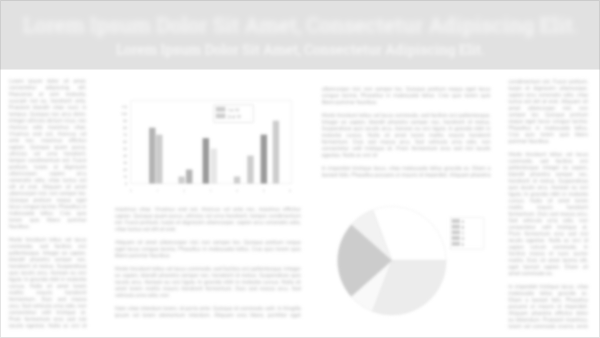The Need for Interprofessional Training in Antimicrobial Resistance!
- Innovative Approaches to Interprofessional Pedagogy and Education Science
A brief survey was distributed at the activity series conclusion to capture students’ views on their knowledge improvement about AMR and other professions. Participants were asked about key learning points gained from their participation.Results/Findings: Four of eight students (50%) consented for use of their responses. Respondents strongly agreed their knowledge of AMR and other professions improved. Themes indicated respondents gained greater knowledge/awareness about One Health and the need for interprofessional collaboration to address AMR and stewardship.Conclusions, implications, and/or curiosities: Given the need for more education about AMR in all professions, this activity focused on the importance of interprofessional collaboration as the key component to promoting AMR stewardship. Learners and faculty enjoyed learning about, from, and with each other. Given curricular time demands, an extra-curricular activity provided a suitable venue to introduce this important topic in an effective interprofessional education format.
Learning Objectives
- Discuss the need for interprofessional education and practice to combat antimicrobial resistance.
- Describe a novel interprofessional education activity to foster students’ knowledge of antimicrobial resistance.
References
- 1) World Health Organization. Antimicrobial Resistance Key Facts. https://www.who.int/news-room/fact-sheets/detail/antimicrobial-resistance Accessed 12/9/24.
- 2) Presidential Advisory Council on Combating Antibiotic-Resistant Bacteria. (2021). Advancing Interprofessional Education and Practice to Combat Antimicrobial Resistance A Report with Recommendations. Recommendation Report 9 | HHS.gov Accessed 12/9/24





